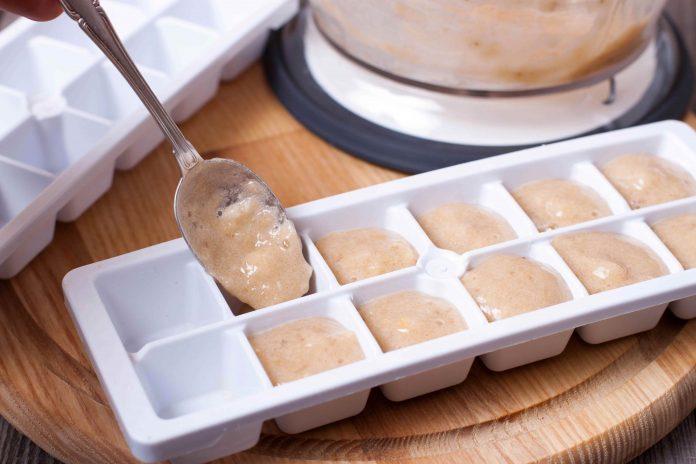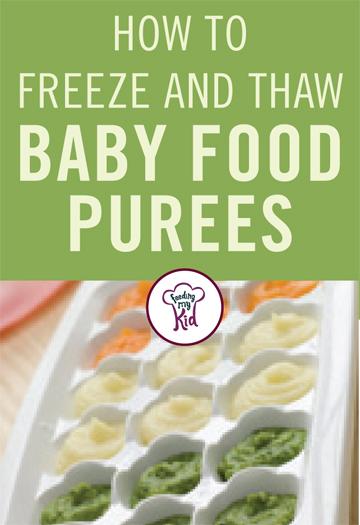 When I started my journey with my twins, I did not realize how easy it was to make your own baby food. Check out our complete list of the different ways to cook baby food and find out which ways preserve the most nutrients.
When I started my journey with my twins, I did not realize how easy it was to make your own baby food. Check out our complete list of the different ways to cook baby food and find out which ways preserve the most nutrients.
There is no need to make baby food every day.
Babies eat so little, that when you make your own baby food, expect to have a lot left over. There is no need to make baby food every day. You can make a batch of food and then freeze the leftover food after you make it. Then you can just thaw the portion of food you need for that meal.
Storing the Baby Food in the Refrigerator
After you’ve made the food, you need to store the food. You will need:
Check to make sure your containers are BPA free. It’s best to use glass storage containers for the refrigerator and to warm them in warm water or the microwave.
Check Out More Baby Foood Recipes Here:
- Making It Easier for Moms! Delicious Baby Food Recipes
- Top Picks: Baby Food Making Supplies
- Homemade, Delicious, and Nutritious Baby Food Recipes
How Long Can Baby Food Be In The Refrigerator?
Generally, you should only keep food in the refrigerator for about three days. That’s why it is recommended you make the baby food and freeze a large portion of it. This way you won’t have to make food every day and you will be able to take out the portion of food you need that day and heat it up. It also helps when you want to blend a variety of foods together.
Check out our mega list of mix puree recipes.
Freezing Baby Food
Tip: If you are going to add water or breast milk to thin out the consistency, add it after you unfreeze the food, not before.
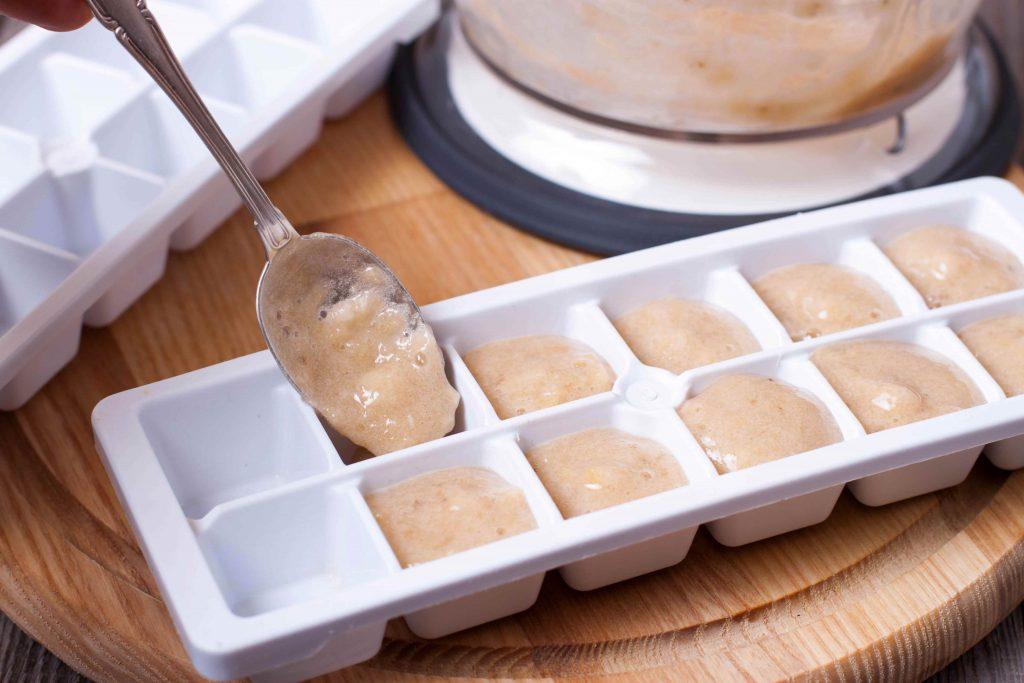 One of the best tools to use to freeze baby food are by using ice cube trays . It allows for you to put the perfect serving of food into each tray and it makes taking out the right serving super easy. It’s about one ounce (1 tablespoon) of food per ice cube.
One of the best tools to use to freeze baby food are by using ice cube trays . It allows for you to put the perfect serving of food into each tray and it makes taking out the right serving super easy. It’s about one ounce (1 tablespoon) of food per ice cube.
You can buy a couple of ice cube trays and make a large variety of different foods. At first, doctors recommend you only introduce one new food at a time to look out for possible food allergies. Check out the allergy article to see if you need to wait a few days before introducing a new food to your baby.
Once you know individual foods are safe, you can start to combine the foods. You can thaw out different foods from each tray to serve your little one, for example broccoli from one tray and pears from another and combine. Baby food recipes.
You can make extra baby food and freeze the unused portion of food. If you do this enough times, then you can start to unfreeze a variety of individual fruits and vegetables and start combining them for sophisticated puree combinations. We hope to make it easier for you to make your own baby food.
Tip: After cooking the food, you can let it cool before placing it in the ice trays or a different storage container. Do not put hot food in the freezer. You can put ice cubes under your container to speed up the cooling process. Not all ice cube trays are safe to use. Look for and use a tray that says #2, #4, or #5 on the bottom of the tray. You can also use a safe silicone or stainless steel tray, instead of plastic.
Ways to Thaw Baby Food:
- Refrigerate to thaw it.You can transfer the frozen food to a glass container with a lid and leave it in the refrigerator for at least 12 hours. It will go from frozen to refrigerator temperature.
- Microwave it.Put only one serving into a microwave safe dish and heat for 15 seconds at a time and stir. This will help to prevent hot pockets in the food. Keep heating until the food reaches the desirable temperature. We always recommend using glass when heating any food up.
- Heat in pan.You can place the food on a low temperature in a pan and heat it. Remember to mix the food well and test the temperature on the inside of your wrist. It shouldn’t feel cold or hot on your wrist.
- Place in warm water.Heat some water and put the baby food in a bowl and put that bowl in the heated water. Think of it like nesting cups. Use a glass bowl and not a plastic bowl.
Tip: Do not refreeze baby food after you have thawed it. Also, do not reheat defrosted foods. If your baby doesn’t eat the food then throw the food out, eat it yourself, or add it to your smoothie.
Don’t Forget Foods That Don’t Require Cooking
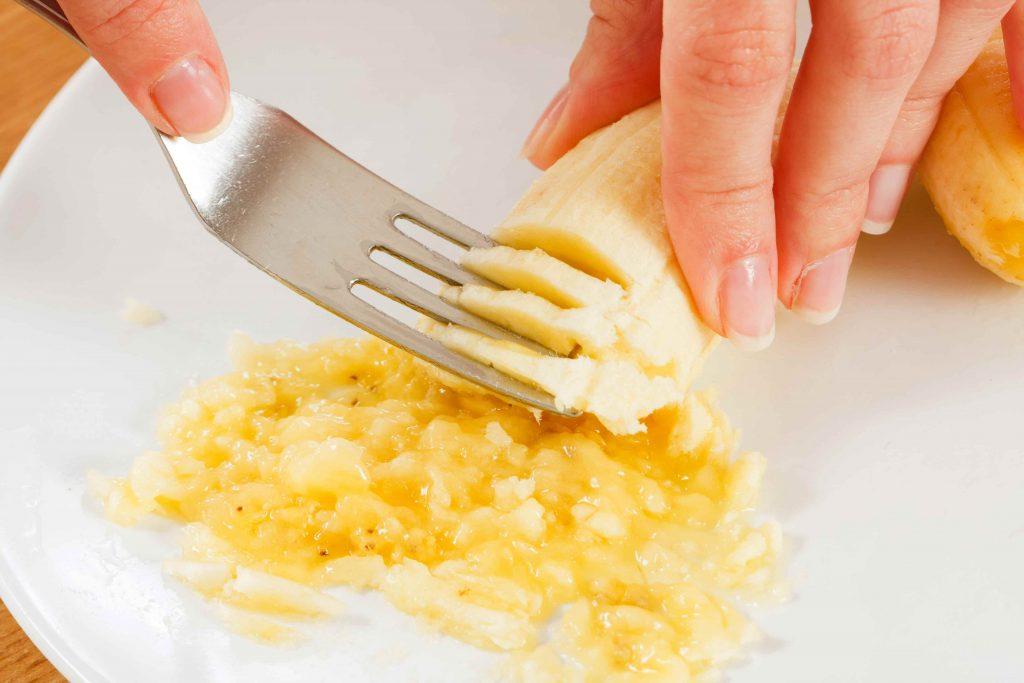 Some foods are so incredibly easy to make and do not require cooking or a lot of clean up. You can easily mash up a banana or avocado and that’s all you would have to do to make baby food. I used to mix avocado and banana together. Neither of my twins liked avocado much, but they did love banana. A lot of the baby food you can make doesn’t require cooking at all. Also, avocado isn’t available in jars or pouches so you’ll have to mash up your own.
Some foods are so incredibly easy to make and do not require cooking or a lot of clean up. You can easily mash up a banana or avocado and that’s all you would have to do to make baby food. I used to mix avocado and banana together. Neither of my twins liked avocado much, but they did love banana. A lot of the baby food you can make doesn’t require cooking at all. Also, avocado isn’t available in jars or pouches so you’ll have to mash up your own.
Baby Food Safety
Don’t double dip. If your baby didn’t finish out the serving you gave him, don’t put it back in the refrigerator. Throw it out or eat it after your baby is done eating it. The bacteria from his or her mouth can get into the food and it can become unsafe to eat in just a few hours.
When feeding your baby, make sure you take out a small amount, generally only 1-2 tablespoons of food, and leave the rest in the refrigerator or freeze the rest. That’s why it’s a good idea to separate the food into separate dishes before serving the food to your baby. I normally warmed up a larger serving and then put a small amount into a separate bowl to serve my baby with. I would use a clean spoon to add food from one bowl to the other ensuring I do not cross contaminate the food.
Don’t leave baby food out for more than 2 hours as harmful bacteria can start to grow. We recommend you make the food and put it in the refrigerator or freezing it shortly after making it.
How to Serve Your Creations to Your Baby
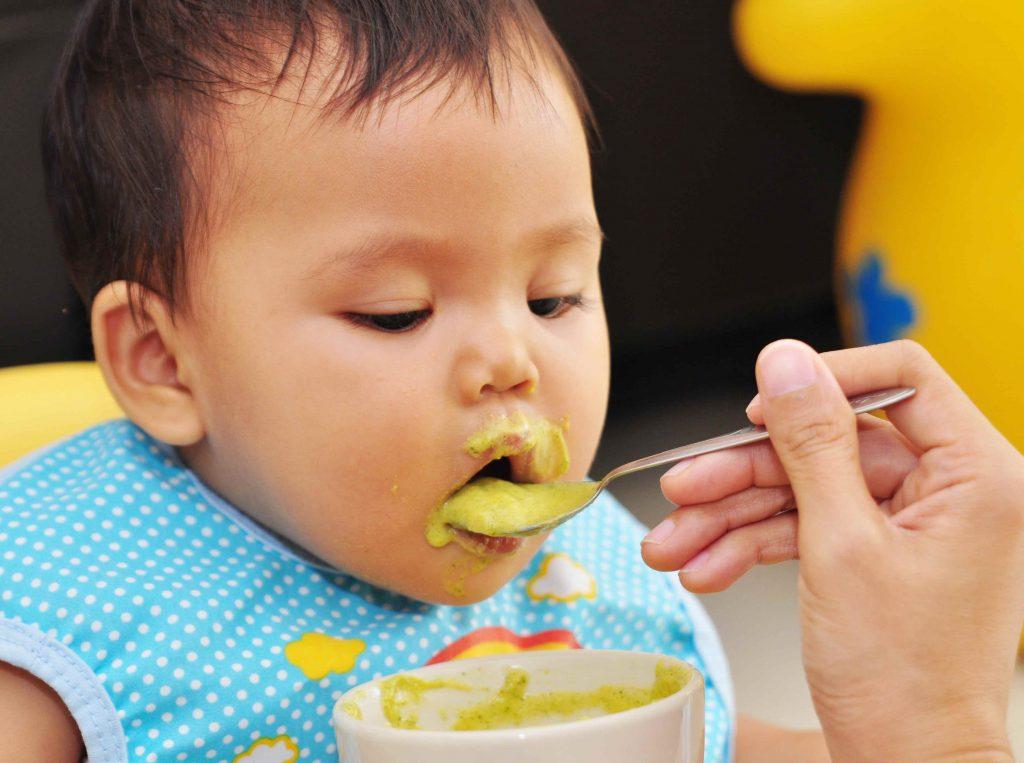 You can serve the food cold, room temperature and/or slightly warm. My twins still enjoy most of their food at room temperature. Be careful of serving food that is too warm. Babies are more sensitive to heat than we are.
You can serve the food cold, room temperature and/or slightly warm. My twins still enjoy most of their food at room temperature. Be careful of serving food that is too warm. Babies are more sensitive to heat than we are.
Take out as much food from the freezer as you think your baby will eat over the next day or two. This way you can thaw out a few days worth of food in the refrigerator at once.
Tip: Do not thaw food at room temperature. It can breed unsafe bacteria into the food.
Additional Information to Help You Along the Way
Will you be making your own purees, using pre-made foods or trying baby-led weaning?
Whichever option you choose, make sure you speak with your Pediatrician and are aware of any potential food allergy issues.
Here is everything I wish someone told me. Making your own baby food? Find out how to best cook the baby food before pureeing it to keep the most nutrients.
Also, check out this example baby feeding schedule and baby feeding milestone tracker. Ultimately, every baby is different. Go at your baby’s pace and have fun!
There are many different techniques on how to prepare and store baby food. Play around and see works for you.
Once you start introducing solids, you may notice your child seems to be barely eating, gagging, or making funny faces. These are all normal!
Check out our top picks for bibs, spoons, highchairs, and plates/ trays.
Subscribe to Feeding My Kid’s Youtube Channel for our video series about how to best feed your baby, toddler, and school-aged child.
Share your comments below.

The information on this website is designed for educational and/or entertainment purposes only. The information provided is not intended to be a substitute for informed medical advice or care. Please consult a doctor with any questions or concerns regarding your child’s condition. You should not use this information to diagnose or treat any health problems or illnesses.

